Initially, director François Bibonne intended the second part to be a completely independent project from Part I, focusing only on football and the development of this sport in Vietnam. But during the process of making it, he realized that he was still on a journey to learn about his grandmother's country - a place with a strong Vietnamese spirit and identity. Although the theme this time is about football, the "main character" of the film is still the Vietnamese spirit, expressed not only through sports but also through music , landscapes, and people.

Footballer Huynh Nhu will also be a part of part II of Once Upon a Bridge. (Photo: NVCC)
With the second part of Once Upon a Bridge, the scope of the film is expanded, the journey stretches from Hanoi, Hai Phong, Nam Dinh , to remote areas such as Binh Lieu (Quang Ninh) and Pleiku. With the film structure like a journey, director François Bibonne wants viewers to feel that each destination is not just a space, a place, but a gateway to explore the depth of Vietnamese culture and people.
Bibonne continues to incorporate traditional Vietnamese music into his documentary. With a special love for the monochord and Quan họ melodies, and Western instruments, François hopes that music will be a bridge to bridge the gap between personal identity and Vietnamese culture. Conductor Honna Tetsuji (Director of the Vietnam National Symphony Orchestra) and artist Phan Thuy (Head of the Thanh Am Xanh Group) are great inspirations in his journey.
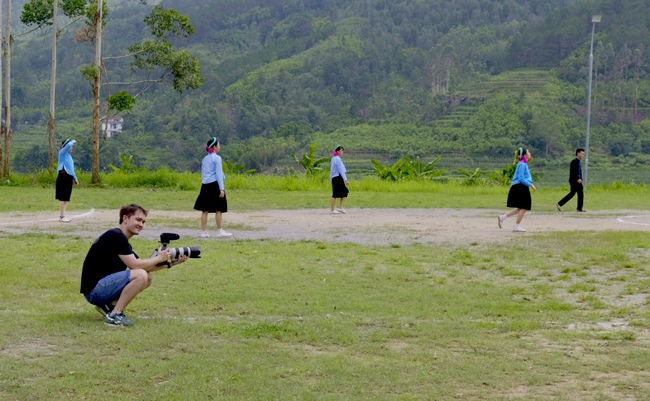
At the end of May 2025, director François went to Binh Lieu (Quang Ninh) to film the unique sport of women here. For him, this is a place that has left him with many impressions and surprises up to the present time. (Photo: NVCC)
One of the unique features of Once Upon a Bridge II is that François is not behind the camera – he becomes a character, a narrator and also a person on a journey of identity discovery. This makes the film very unique: like an adventure, where each audience member can accompany, surprise and be absorbed with the storyteller.
For Bibonne, documentaries are more than just dry facts. He likens his work to a living novel – where the director doesn’t have complete control over the plot, but instead lets the characters, sound and atmosphere guide him. “I want the audience to feel like they’re on an adventure with me throughout the film, and then suddenly everything comes together – like an epiphany,” he says.
Language, weather, budget and feeling far from home were big challenges for Bibonne when making Part II of Once Upon a Bridge. However, thanks to the support of his Vietnamese girlfriend and her family, he gradually found his way and connected between his filmmaking work and his desire to learn about his roots.
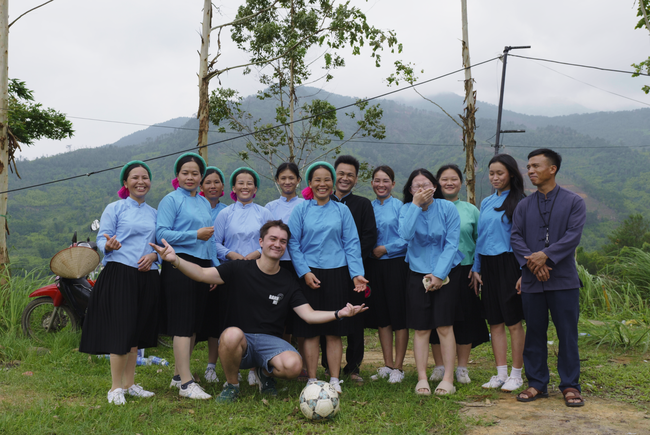
People in Vietnam are very welcoming to independent filmmakers like me. (Photo: NVCC)
François Bibonne has revealed that he intends to make a third installment to complete the trilogy. The themes will likely revolve around art and fashion – contemporary aspects that still have cultural depth.
With Once Upon a Bridge II, François Bibonne not only tells a personal story, but also opens up a multidimensional space – where Vietnamese culture is expressed authentically, poetically and closely to international audiences. It is not just a film, but a bridge – connecting memories, present and future, between Vietnam and the world.
Currently, Once Upon a Bridge II is still in the works and director François Bibonne hopes the film will be able to be released to audiences in November this year.
Official trailer of Once Upon a Bridge in Vietnam II
Source: https://bvhttdl.gov.vn/dao-dien-phap-goc-viet-tro-lai-voi-once-upon-a-bridge-ii-ket-noi-van-hoa-viet-voi-the-gioi-tu-trai-bong-tron-20250601131421992.htm




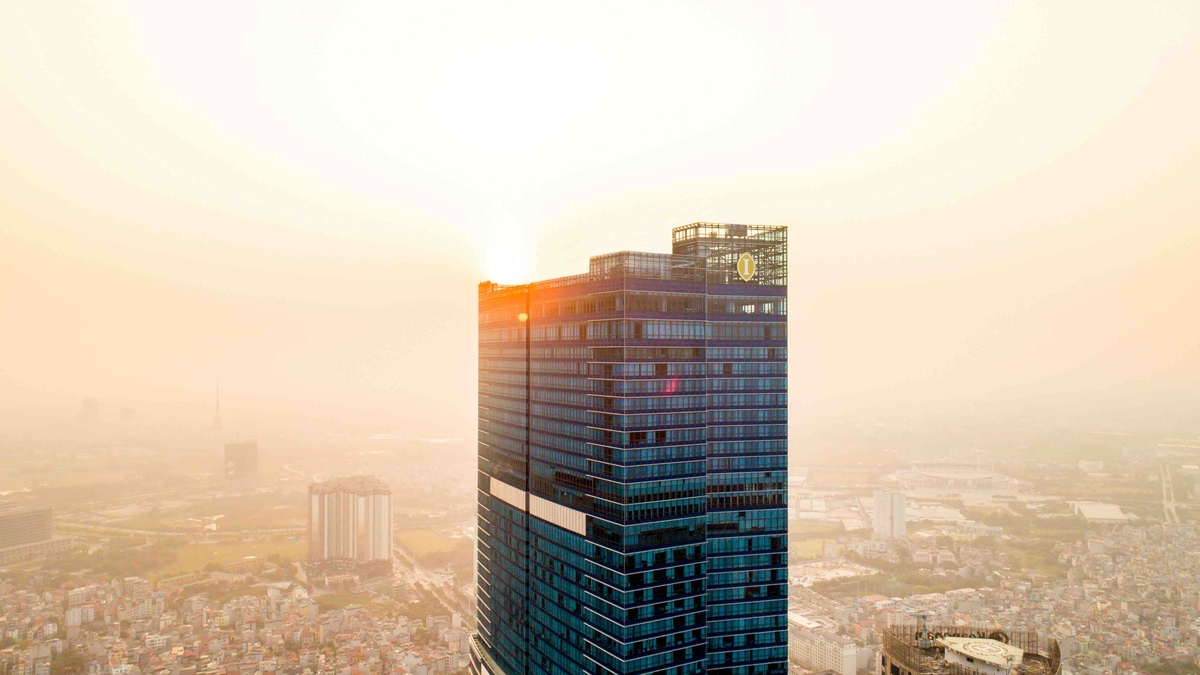
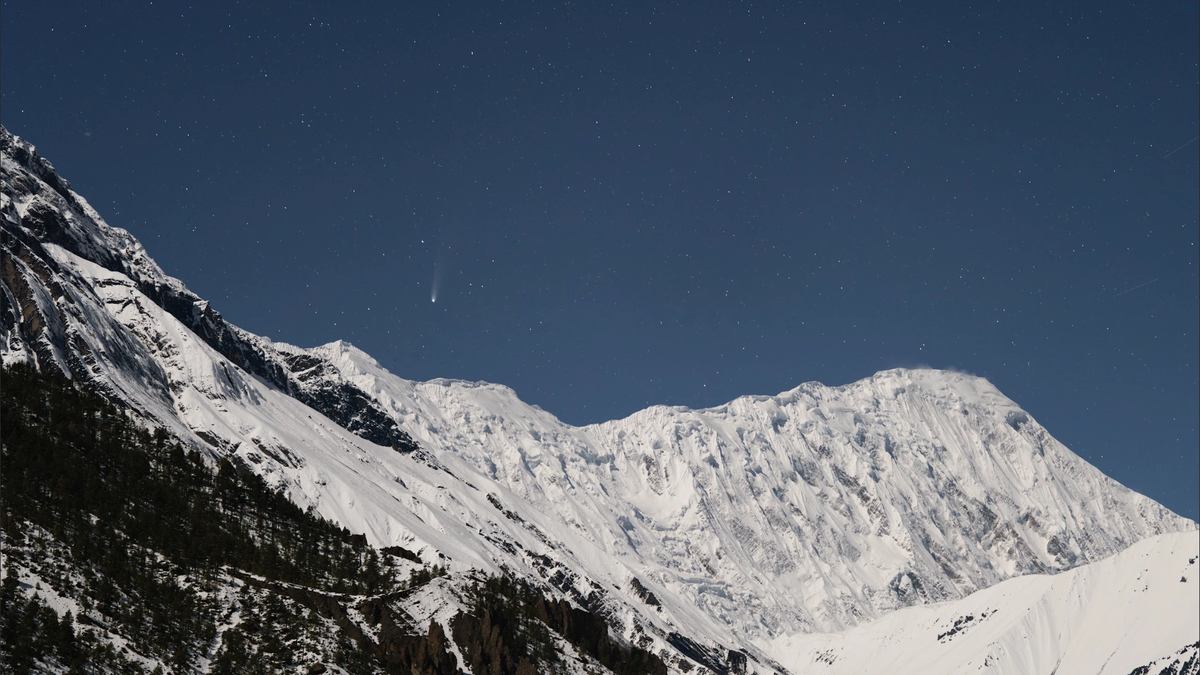




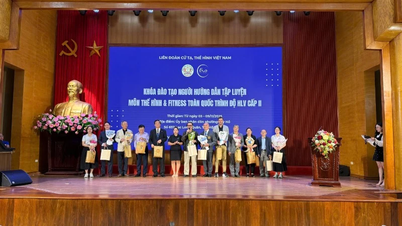





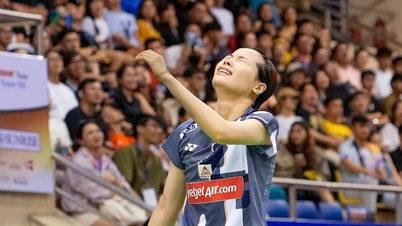






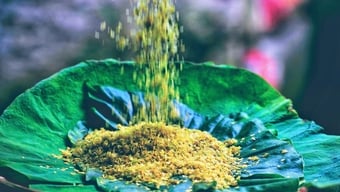

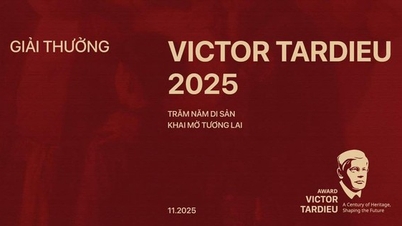


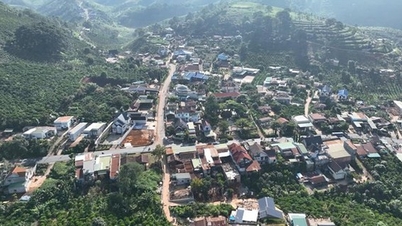
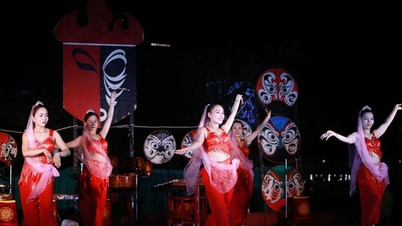












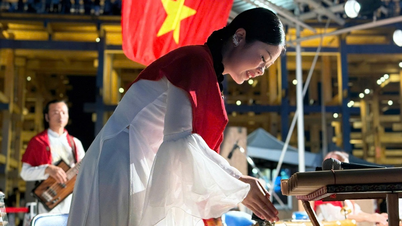

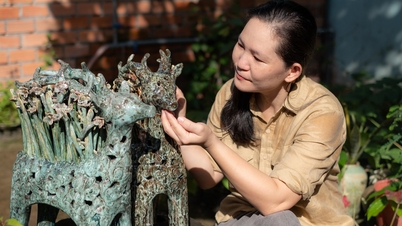
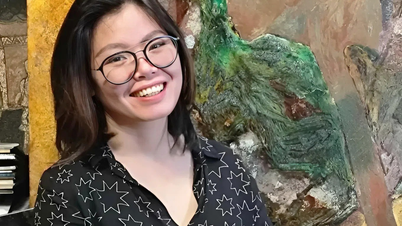
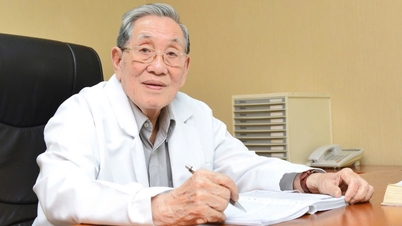





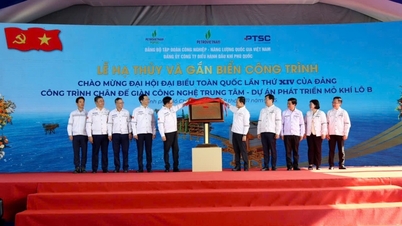
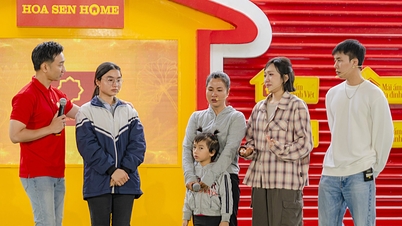
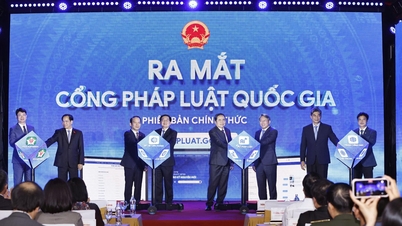









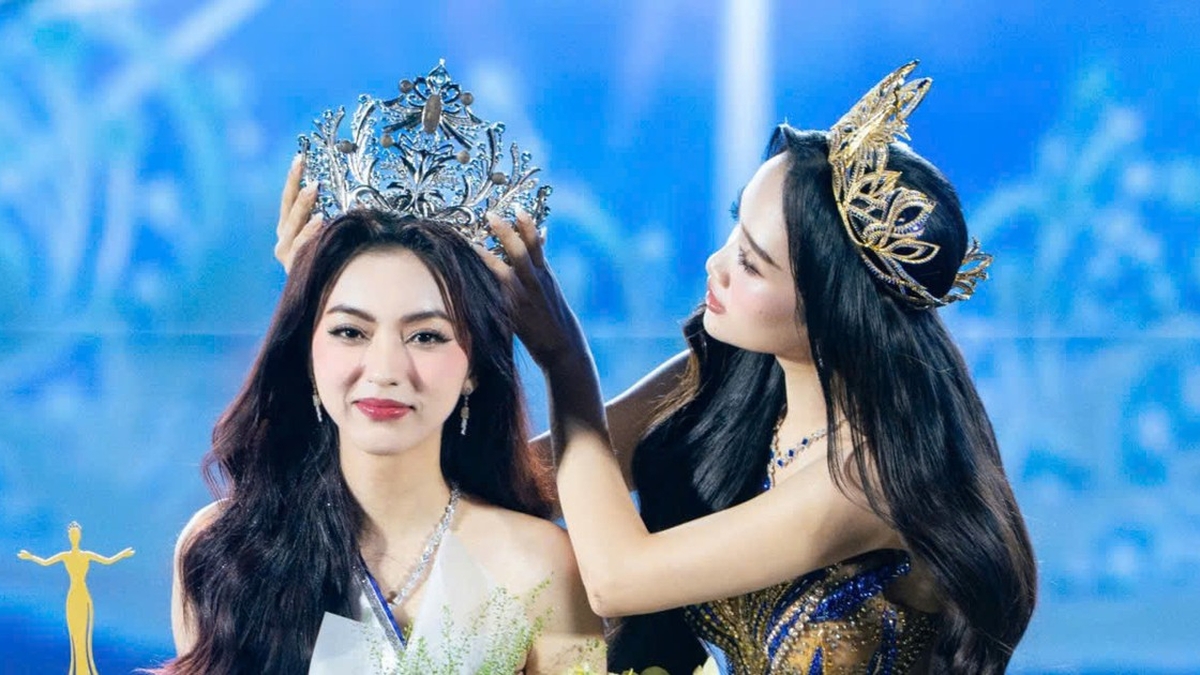
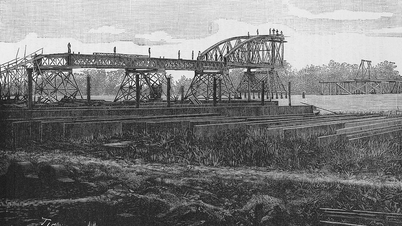

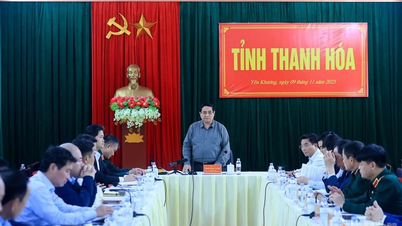



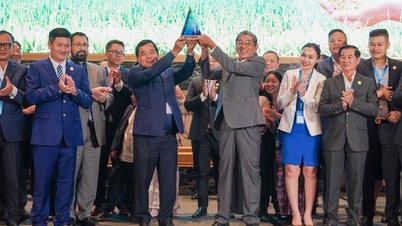


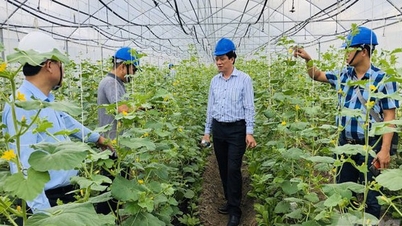
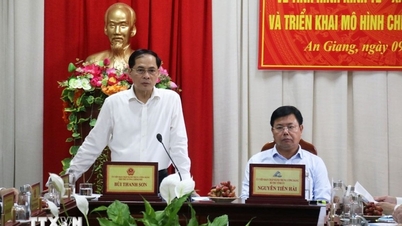



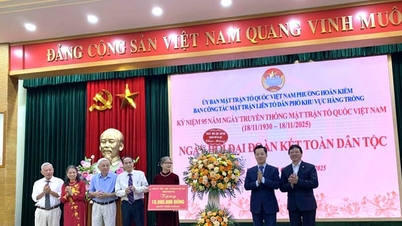



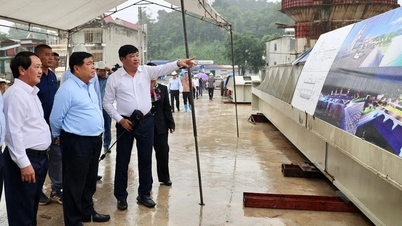



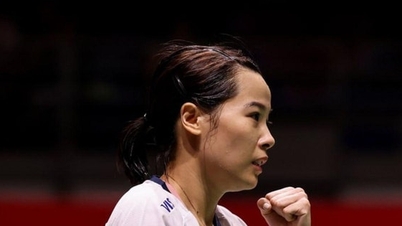










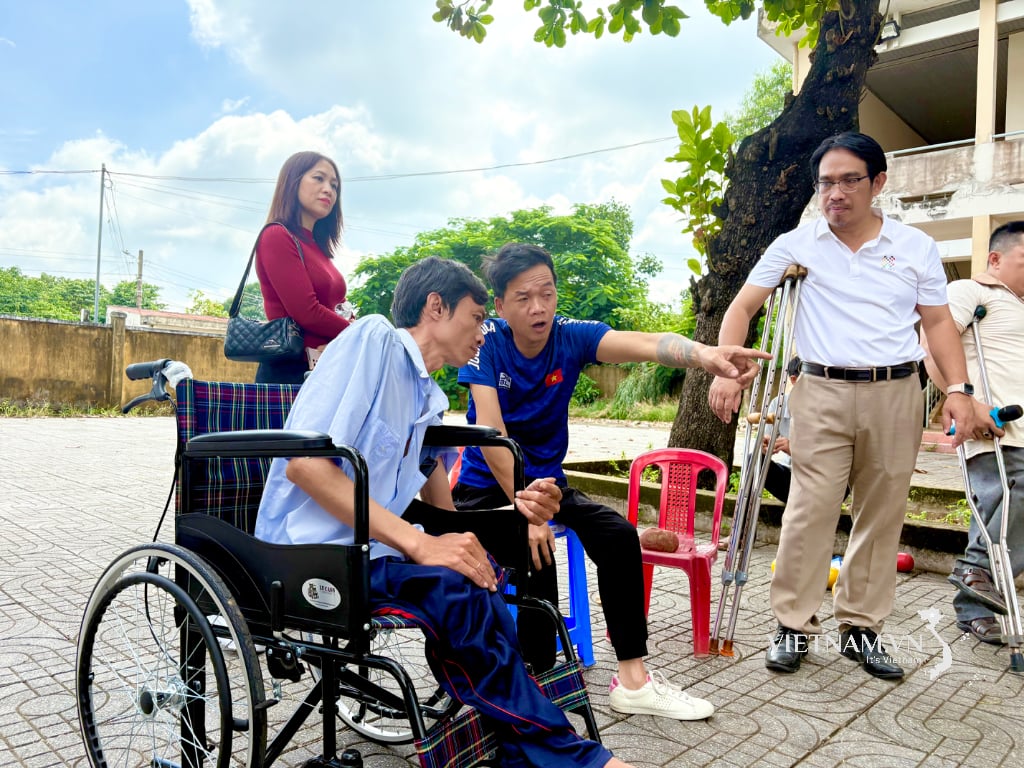
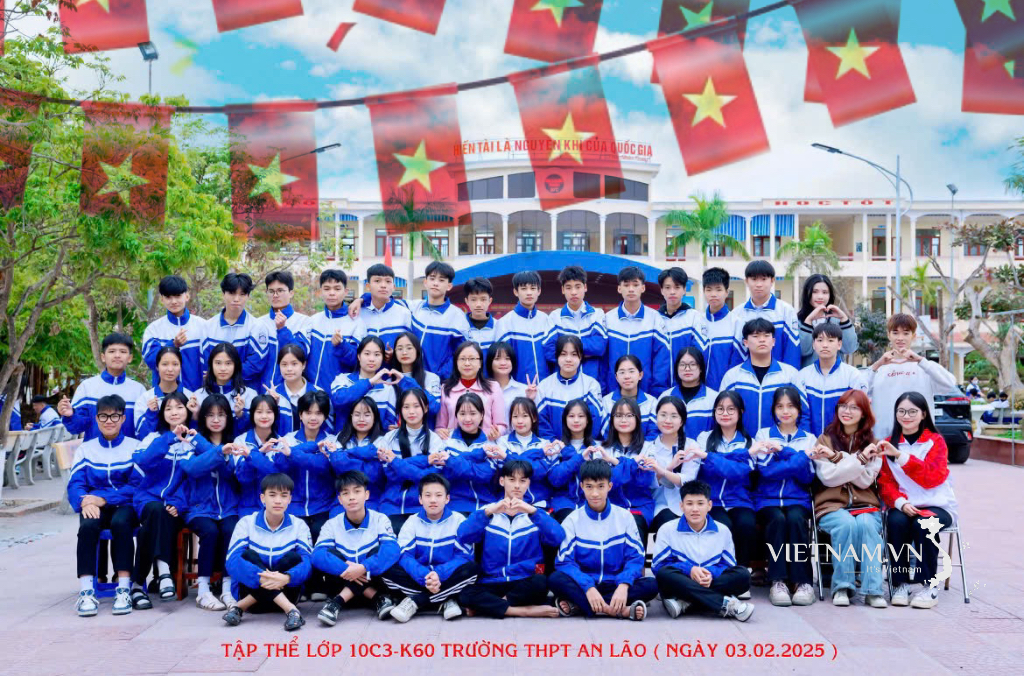
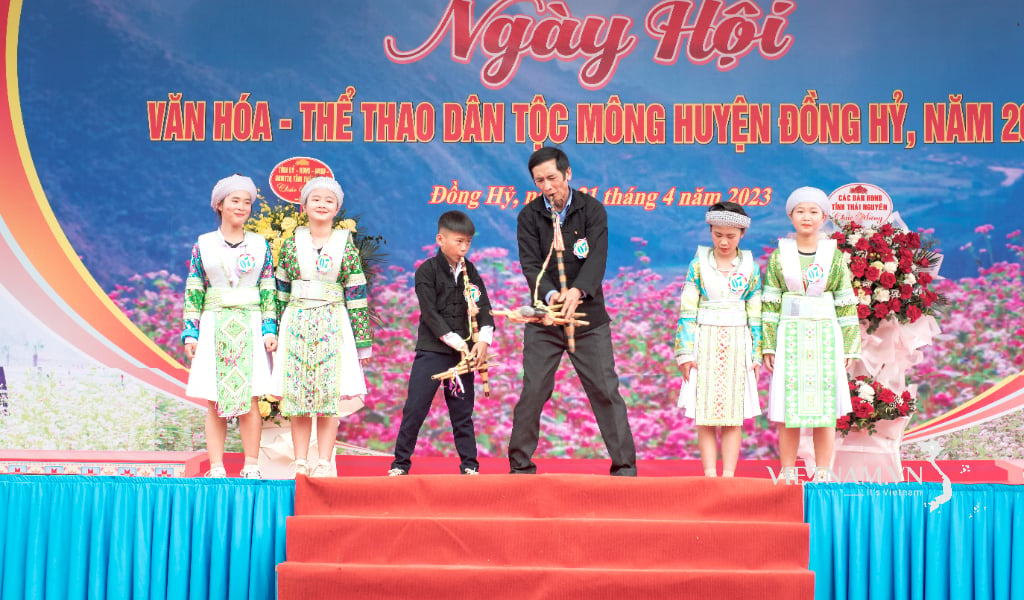

Comment (0)